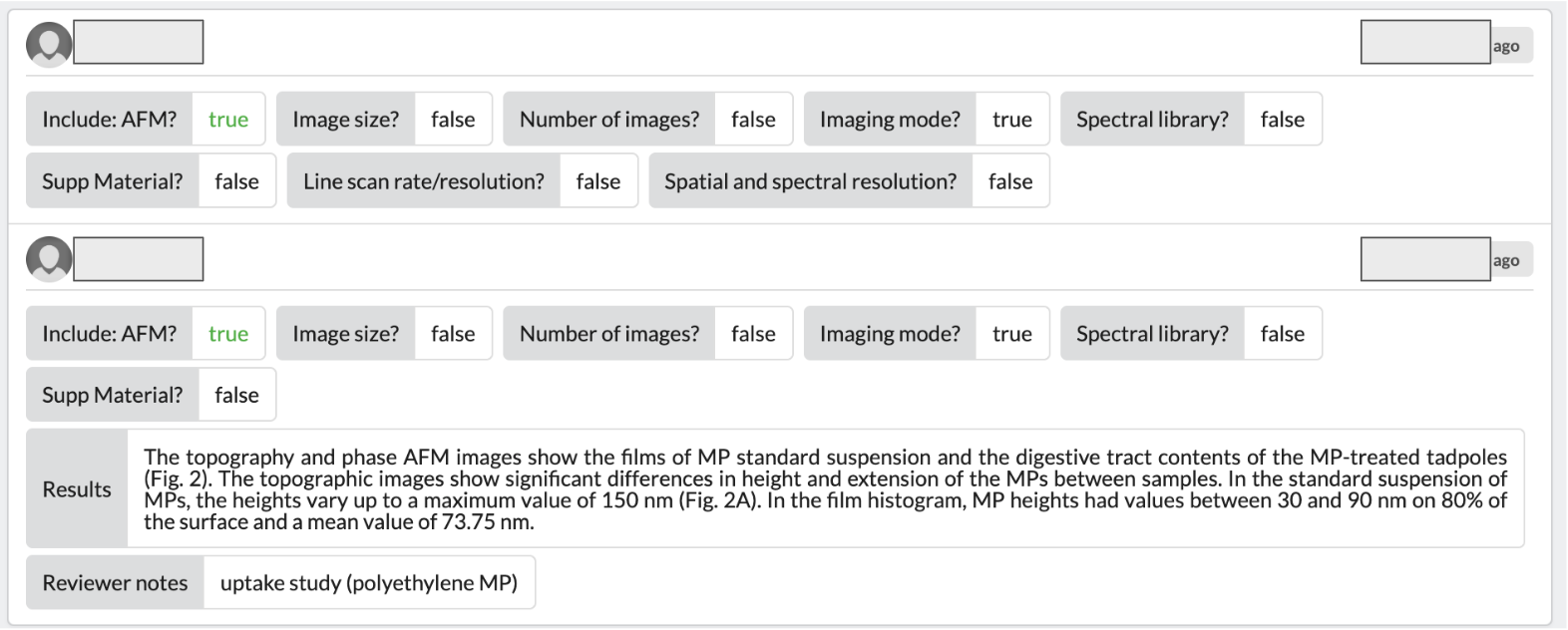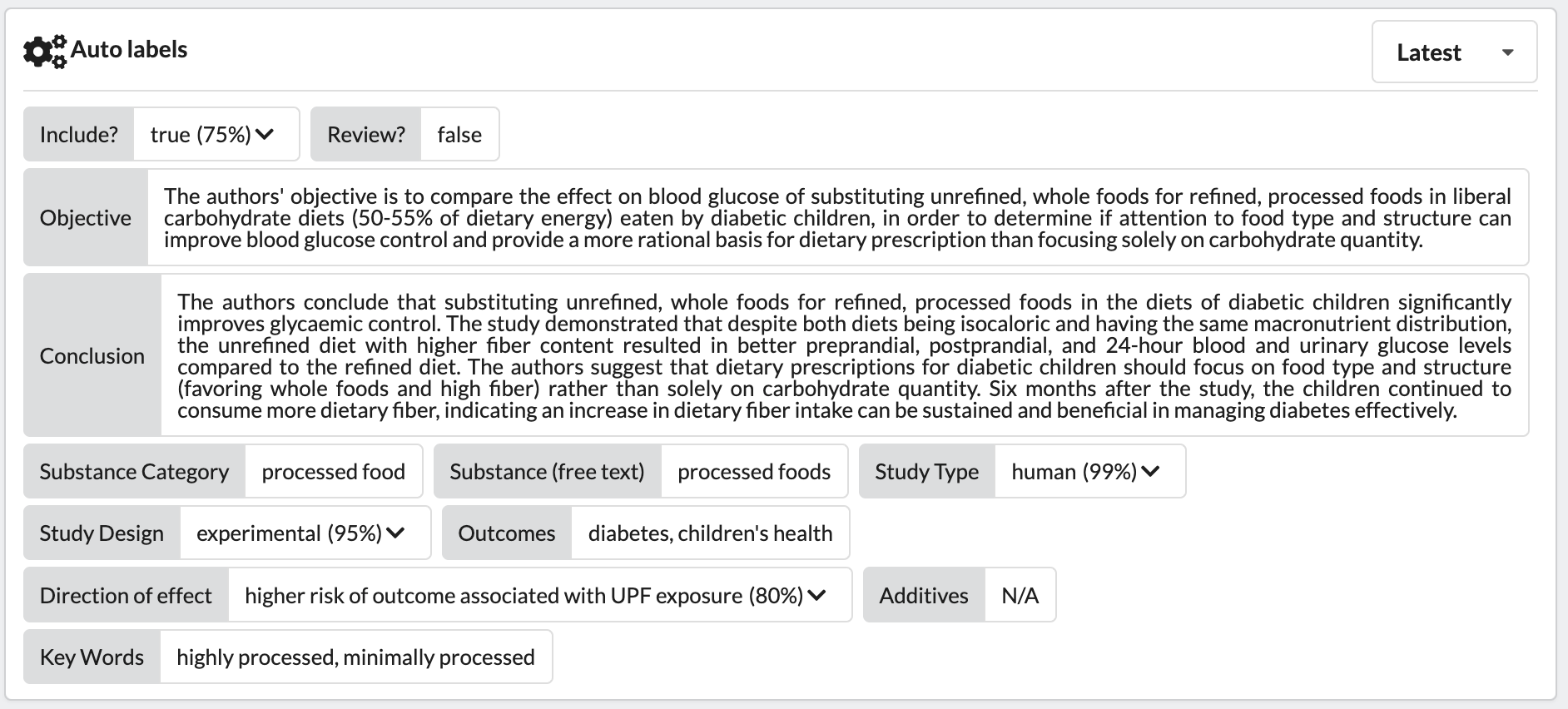ToxStrategies minimizes "Time to Data" with Sysrev
A 2019 study found that each document review costs over $140,000. According to the same study, the average yearly document review expenditure for a pharmaceutical company is $16.7M.
ToxStrategies, a BlueRidge Life Sciences Company, is a multidisciplinary scientific consulting firm focused on environmental and human health issues. Comprised of health scientists, regulatory specialists, and engineers, ToxStrategies works with companies, law firms, and government agencies to provide a range of services including exposure and risk assessments, computational modeling, and literature review.
Regardless of the service provided, a common first step for ToxStrategies is a thorough review of a variety of documents including journal publications, clinical trials, and other sources of toxicological and hazard data. For literature reviews and non-computational assessments, articles are evaluated for relevancy before categorical types of data are extracted. For computational tasks, data must also be extracted in a standardized, machine-readable format.
In 2024, ToxStrategies employees published 123 manuscripts, book chapters, and presentations. This research was conducted via standard processes which is to say human-based review. While the research is novel and important, it is also quite time consuming.
In August, 2024, ToxStrategies began using Sysrev to streamline document review and automate data extraction. In the 10 months since, they created 163 projects consisting of over 400,000 documents and ToxStrategies employees have reviewed nearly 30,000 documents and extracted 50,000 pieces of data.

While admittedly a lot of data and articles, it pales in comparison to Sysrev's Auto-Labeler production. Over the same time period, the Auto-Labeler has reviewed nearly 300,000 documents and extracted over 1.2 million pieces of data, nearly 10-times and more than 24-times the employees' output.

By leveraging the Auto-labeler, ToxStrategies, and their employees, are able to spend more time performing analyses and modeling and less time on document review, decreasing Time-to-Data and increasing research velocity.
